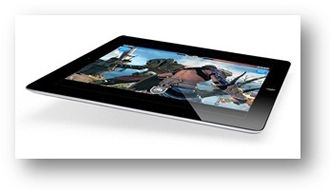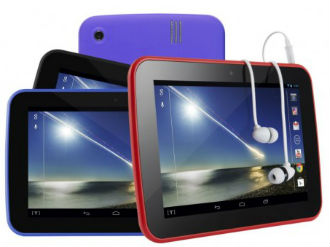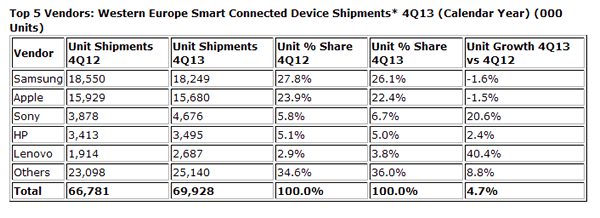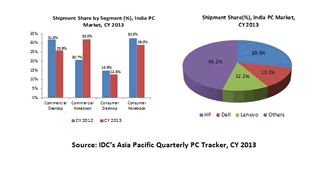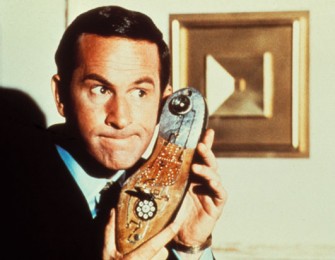 Fortune tellers at the Groupe Speciale Mobile Association (GSMA) have been consulting their tarot cards and are predicting that either there will be a tall dark stranger who will ask them out to lunch, or by the end of the decade, there will be nine billion mobile connections across the globe.
Fortune tellers at the Groupe Speciale Mobile Association (GSMA) have been consulting their tarot cards and are predicting that either there will be a tall dark stranger who will ask them out to lunch, or by the end of the decade, there will be nine billion mobile connections across the globe.
If it is the latter meaning, GSMA predicts that while three billion of those connections will be data terminals, dongles, routers and feature phones, the other two thirds will be smartphone handsets.
The organisation claims that the smartphone market is poised for huge growth over the next six years. There are currently two billion handsets in active use. It predicts that the demand is being driven by people in emerging countries.
In a report with the catchy title, Smartphone forecasts and assumptions, 2007-2020, the GSMA said that developing economies overtook mature markets such as the US and western Europe in 2011.
GSMA chief strategy officer Hyunmi Yang said that in the hands of consumers, these devices are improving living standards and changing lives, especially in developing markets, while contributing to growing economies by stimulating entrepreneurship.
“As the industry evolves, smartphones are becoming lifestyle hubs that are creating opportunities for mobile industry players in vertical markets such as financial services, healthcare, home automation and transport,” he said.
Asia Pacific already accounts for half of global smartphone connections yet smartphone penetration is still below 40 percent in the region, even when China’s 629 million smartphone connections are included.
By the end of the decade, emerging countries will account for four in five smartphone connections, as regions like North America and Europe hit the 70-80 percent mark and growth drops off.
The fastest growing region is expected to be sub-Saharan Africa. When figures are based on smartphone adoption as a percentage of all mobile connections, the region currently has the lowest adoption rate of 15 percent in the world.
However, the wider availability of affordable handsets and the roll-out of networks are expected to change everything.
The GSMA claims that the main factors driving smartphone adoption in emerging countries is falling prices. The price difference between feature phones and smartphones is getting smaller and smaller and $50 smartphones are now a reality.
Mature markets have seen operator subsidies and the roll-out of 4G networks helping to maintain growth in the premium end of the market, while more intelligent, individualised data plans are also helping to win consumers over from feature phones in all markets.
“Smartphones will be the driving force of mobile industry growth over the next six years, with one billion new smartphone connections expected over the next 18 months alone,” said Yang.




